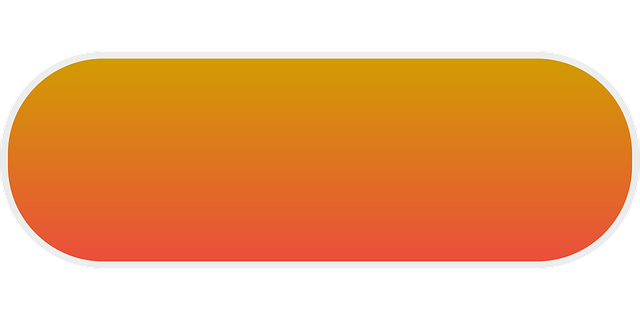AI food cost control software is revolutionizing expense management in hospitality and retail by using machine learning algorithms to analyze inventory, sales, and pricing data. This technology predicts accurate future demand, minimizing waste and maximizing profits through optimized procurement and management of food ingredients. By leveraging historical data and advanced algorithms, these tools provide actionable insights for informed decisions on menu pricing, inventory, and resource allocation, ensuring efficient operations, reduced waste, and increased profitability even during peak seasons or market fluctuations. Strategic integration with existing systems, continuous monitoring, and collaboration with stakeholders are key to achieving optimal performance from AI food cost control software.
In today’s competitive culinary landscape, effective cost control is vital for restaurant success. Leveraging AI food cost control software empowers chefs and operators with data-driven insights to optimize menu pricing, inventory management, and waste reduction. This article delves into the core concepts of AI in food cost management, explores the development of powerful machine learning models, and provides practical strategies for implementing and optimizing AI food cost control software in real-world kitchens.
- Understanding AI Food Cost Control Software: The Core Concepts
- Developing a Machine Learning Model for Effective Cost Control
- Implementing and Optimizing AI Food Cost Control Software in Real-World Scenarios
Understanding AI Food Cost Control Software: The Core Concepts

AI food cost control software is revolutionizing the way businesses manage their expenses, particularly in the hospitality and retail sectors. At its core, this technology leverages machine learning algorithms to analyze vast amounts of data related to food inventory, sales, and pricing. By understanding historical trends and patterns, these models can predict future demand with impressive accuracy, minimizing waste and maximizing profits.
The software’s primary function is to optimize the procurement and management of food ingredients, ensuring that businesses purchase only what they need, when they need it. This not only reduces costs associated with overstocking but also minimizes spoilage by aligning supply with expected demand. Through intelligent data analysis, AI models can identify popular menu items, peak consumption times, and even customer preferences, enabling restaurants to make informed decisions about their inventory and sourcing strategies.
Developing a Machine Learning Model for Effective Cost Control

Developing a machine learning model is a powerful strategy for businesses, especially in the realm of AI food cost control software. By leveraging historical data and advanced algorithms, these models can predict and optimize expenses related to ingredients, labor, and overhead. This predictive capability allows restaurants and food service operations to make informed decisions about menu pricing, inventory management, and resource allocation, ultimately reducing waste and increasing profitability.
The process involves training the model on comprehensive datasets that capture various factors influencing costs, such as sales volume, ingredient prices, and staffing patterns. Once trained, the model can identify trends, detect anomalies, and provide actionable insights to help businesses implement effective cost-control measures. This technology ensures that operations remain efficient, even during peak seasons or unexpected market fluctuations.
Implementing and Optimizing AI Food Cost Control Software in Real-World Scenarios

Implementing AI food cost control software in real-world scenarios involves careful integration with existing business processes and systems. This technology leverages machine learning algorithms to analyze historical data, identify trends, and predict future costs, helping businesses make informed decisions. By automating cost tracking and analysis, AI software can significantly reduce manual effort, minimize errors, and enhance the accuracy of financial forecasts.
Optimizing this software requires continuous monitoring and fine-tuning. Businesses should regularly review model performance, ensuring it adapts to changing market conditions and operational dynamics. Incorporating feedback loops, where actual outcomes are compared with predictions, allows for iterative improvements. Additionally, collaborating closely with stakeholders from various departments ensures that the AI solution aligns with broader business goals and operational needs, maximizing its effectiveness in cost control and strategic decision-making.
AI food cost control software is transforming the way businesses optimize their operations. By leveraging machine learning models, this technology enables precise cost prediction and efficient inventory management, leading to significant savings and improved profitability. As these models continue to evolve, their implementation in real-world scenarios becomes more accessible, empowering businesses to make data-driven decisions that drive success in today’s competitive market.
